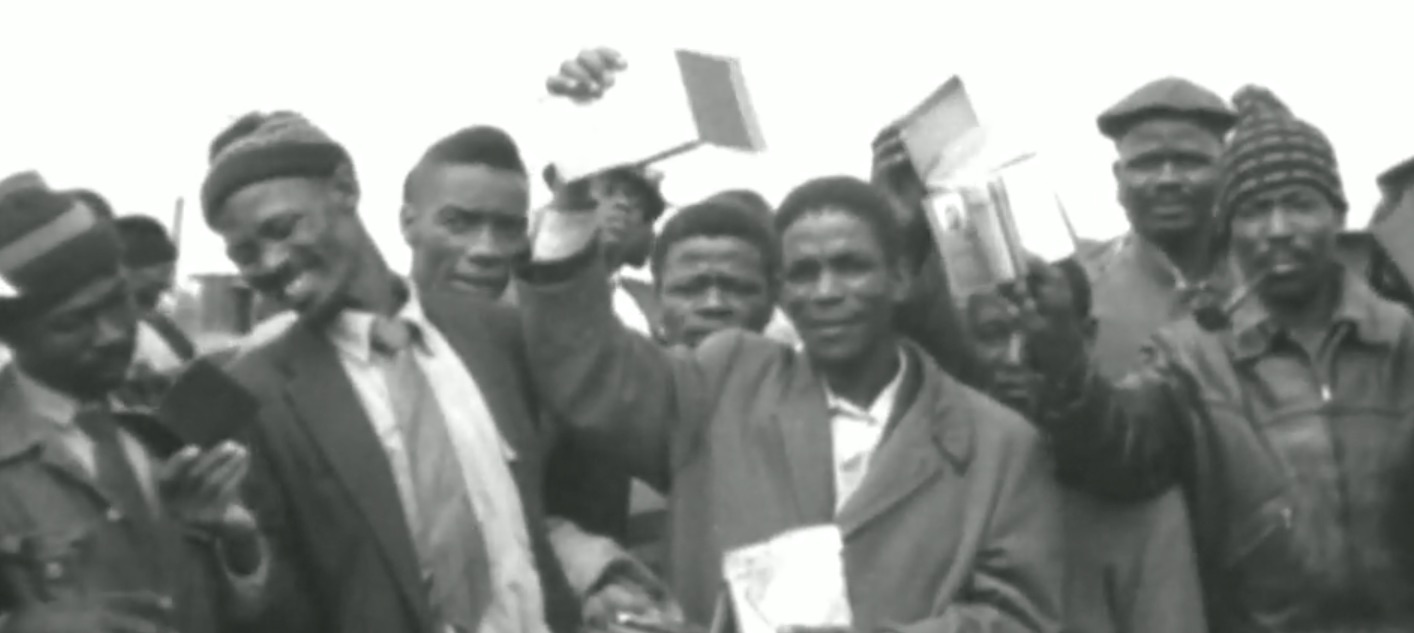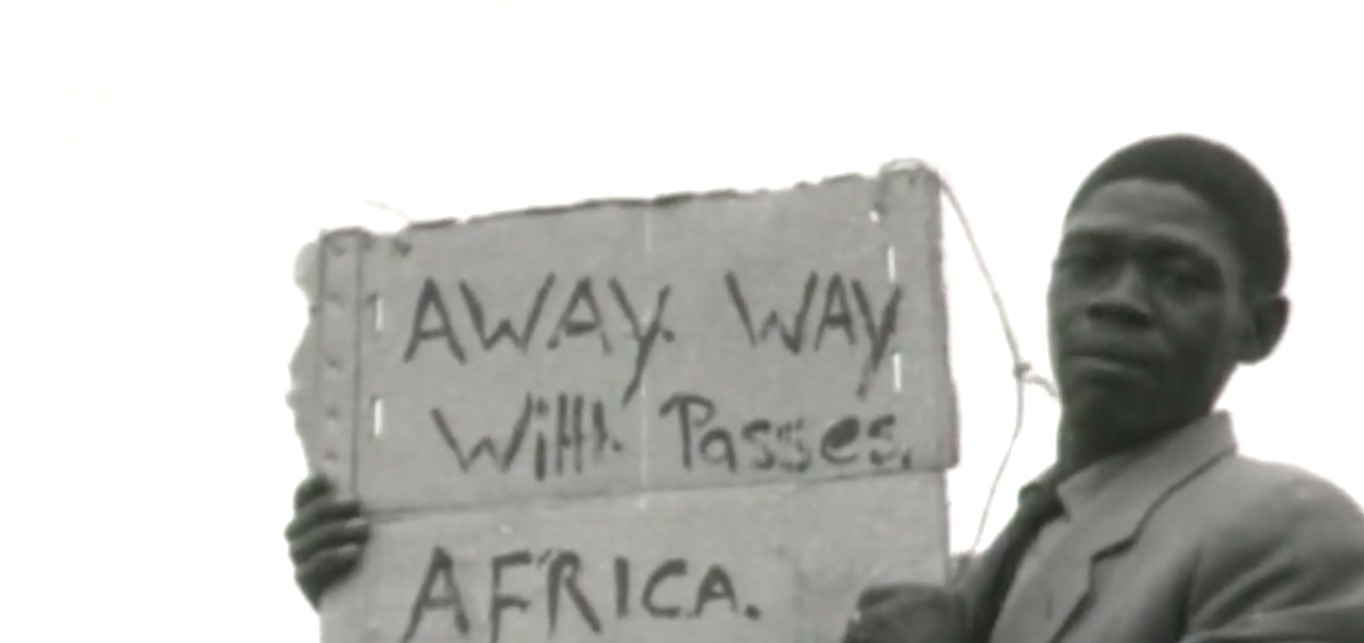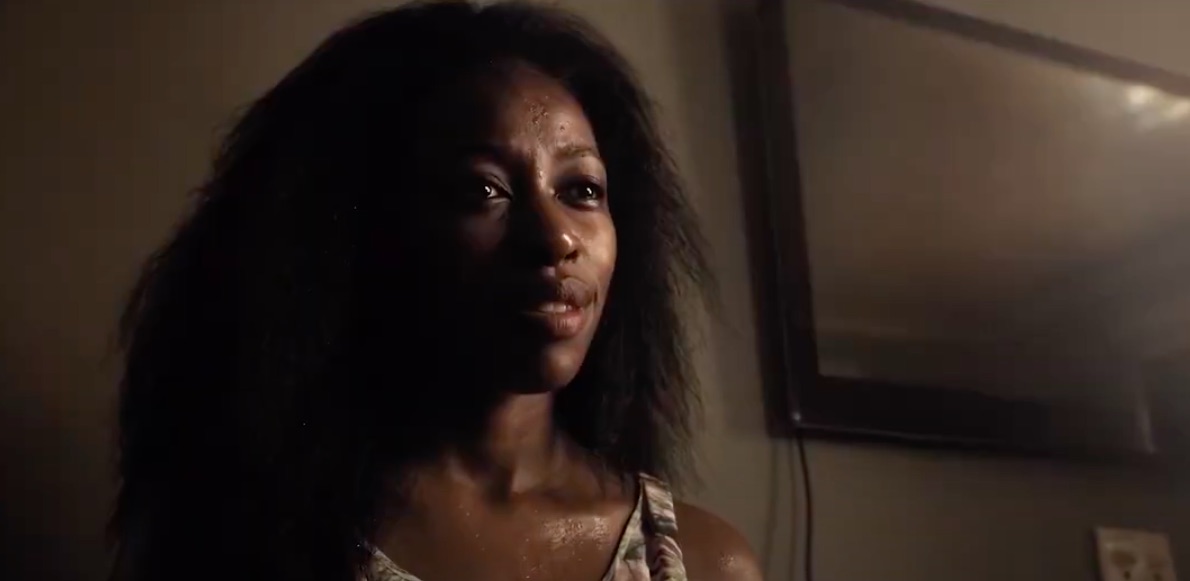Netflix’s ‘Jewel’ follows the story of a photographer who meets a young woman while documenting a memorial in the town of Sharpville. As they connect with each other, a romance develops between them which not only brews trouble for them in the present but also digs out painful memories of the past. The questions of race and identity surround them, as they try to find a way to be together. Directed by Adze Ugah, the film relies heavily on a historical event to further its plot and character development. If you are wondering whether the events in the film are real, here’s what you should know about them.
Is Jewel a True Story?
While it is not exactly based on a true story, ‘Jewel’ is inspired by a real event that took place in South Africa in 1960, known as the Sharpville Massacre. It took place on March 21, in the black township of Sharpville, where the police opened fire on a crowd of protestors, wounding 250 people, of which 69 died.

The demonstration had been against the apartheid regime and its law that required all black citizens to carry proof of identity. Known as the pass law, its purpose was to restrict the movement and growth of non-white people in some designated areas, especially the cities. The laws had been implemented a long time ago but got worse under the apartheid regime. It worked as a kind of internal passport system, which kept track of a person’s employment and personal details. The laws exacerbated racial segregation and were often used as a harassment device.
The Pan-Africanist Congress (PAC) took charge of the demonstration, urging people to not go to their jobs that day and surrender for not carrying a pass. A crowd of protestors started assembling around the police station, the numbers of which soon grew to thousands. Later, the police lost control of the situation and opened fire on the protestors. A lot of people were shot in the back while running away from the scene.

Lydia Mahabuke, who’d been at Sharpville, described it as a peaceful protest that suddenly took a turn for the worse. “While we were standing there and singing we suddenly saw the police in a row pointing their guns at us. Whilst we were still singing, without any word, without any argument, we just heard the guns being fired,” she said. While running away, Mahabuke was shot in the back and she found her way home with great difficulty. “I tried to look back. People were falling, scattered. There was blood streaming down my leg. I tried to hobble. I struggled to get home,” she said.
The massacre led to an uproar in the international community, where everyone criticized the South Asian government. At home, more protest marches and demonstrations took place, followed by riots in some places. Thousands of people were detained. PAC and ANC (African National Congress) were declared illegal which led a lot of high-profile activists, including Nelson Mandela, to go underground for a while.
While things took a violent turn at Sharpville, it became a pivotal point in the history of the country and strengthened the fight against the racist regime. Apartheid ended in 1994, and two years later, the new constitution of the country was signed by President Mandela in the town of Sharpville. Selinah Mnguni, who was shot in the leg during the massacre while she was three months pregnant, remembers the demonstration with pride. “Knowing the democracy we have today was achieved in part because of the blood we sacrificed was worth it,” she said. To commemorate the sacrifice of people, South Africa celebrates March 21 as Human Rights Day.
Read More: Best Black Movies You Must Watch

